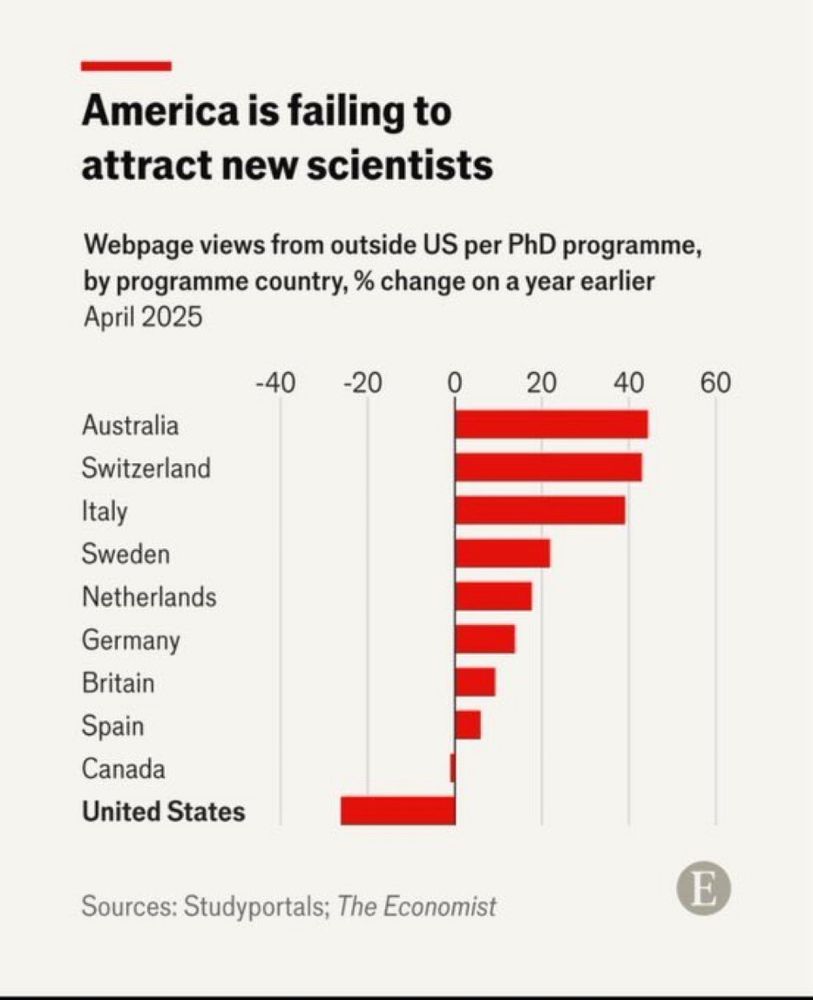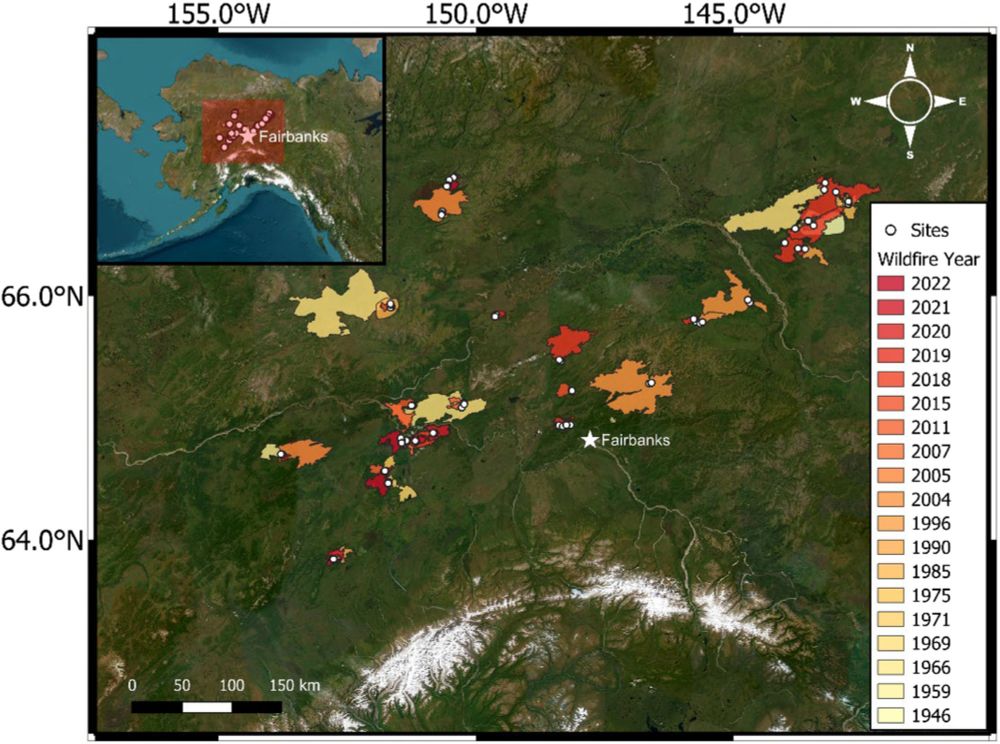#logging #ClimateChange #ForestFire


Figured I'd ask if anyone had suggestions or strong feelings about what to get!
🧪🌎🌳🍁
@sgradywelsh.bsky.social (lab manager) would greatly appreciate any input!
Figured I'd ask if anyone had suggestions or strong feelings about what to get!
🧪🌎🌳🍁
@sgradywelsh.bsky.social (lab manager) would greatly appreciate any input!
Did you see where the President of Iran announced that the drought there is so bad that if they don't get any rain in the next two months they'll run out of water and *evacuate Tehran*?
Did you see where the President of Iran announced that the drought there is so bad that if they don't get any rain in the next two months they'll run out of water and *evacuate Tehran*?


Now, researchers may have identified the worrisome mechanisms behind it.

Now, researchers may have identified the worrisome mechanisms behind it.

#Biodiversity #Woodpecker #DeadWood

#Biodiversity #Woodpecker #DeadWood
Within the Future Forests excellence cluster, we are hiring two modellers for 7 year (!) positions here in Freiburg.
A scientific coordinator role: uni-freiburg.de/en/job/00004...
And and a scientific programmer role: uni-freiburg.de/en/job/00004...
Within the Future Forests excellence cluster, we are hiring two modellers for 7 year (!) positions here in Freiburg.
A scientific coordinator role: uni-freiburg.de/en/job/00004...
And and a scientific programmer role: uni-freiburg.de/en/job/00004...
📄Simulated postfire tree regeneration suggests reorganization of Greater Yellowstone forests during the 21st century
doi.org/10.1002/ecs2...

Learn more: https://scim.ag/4nhTQJa

Learn more: https://scim.ag/4nhTQJa
via @eenews.bsky.social

via @eenews.bsky.social


unc.peopleadmin.com/postings/307...

unc.peopleadmin.com/postings/307...




Quantify traits of tree species across the western US to determine how tree populations and forest communities will respond to drought and fire.
plant-traits.net/lab-openings/
Quantify traits of tree species across the western US to determine how tree populations and forest communities will respond to drought and fire.
plant-traits.net/lab-openings/



